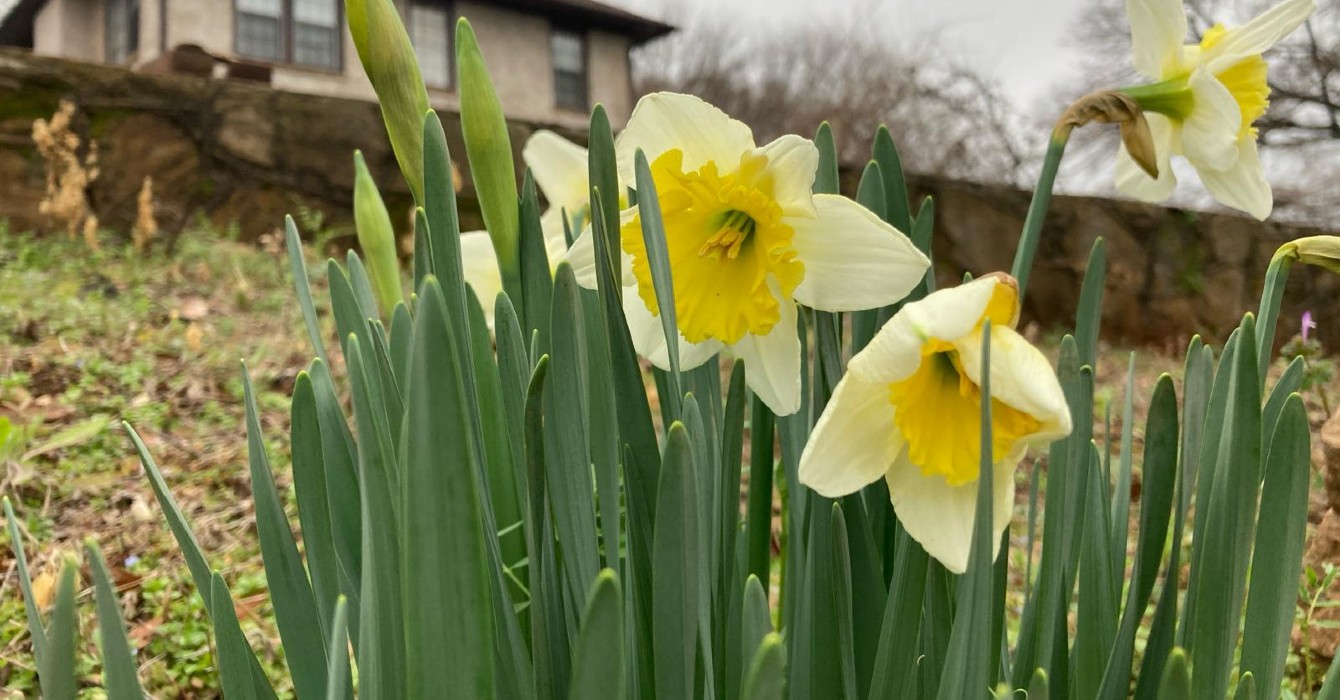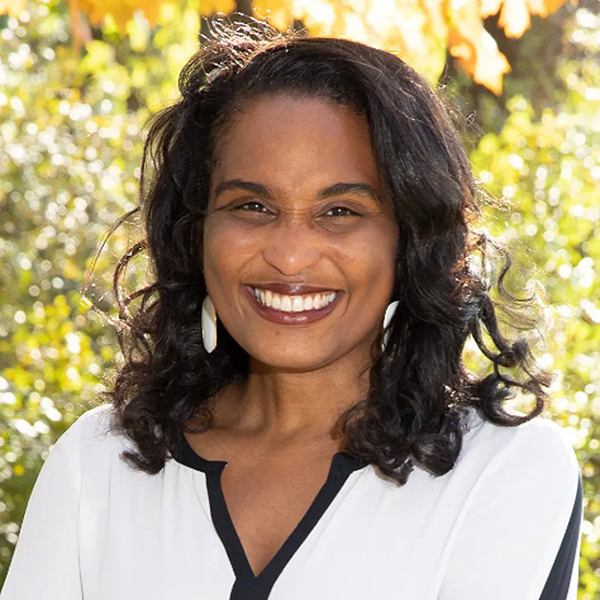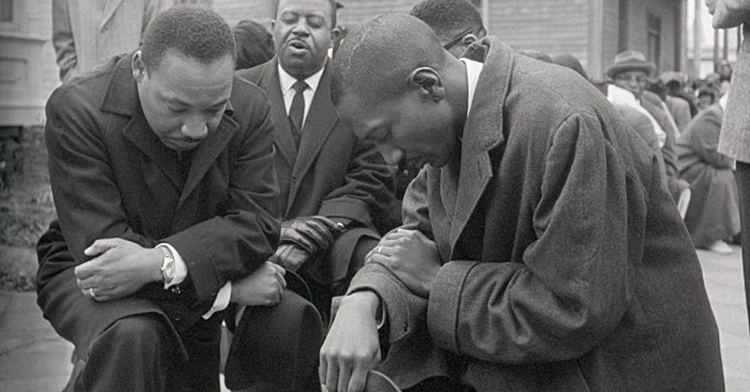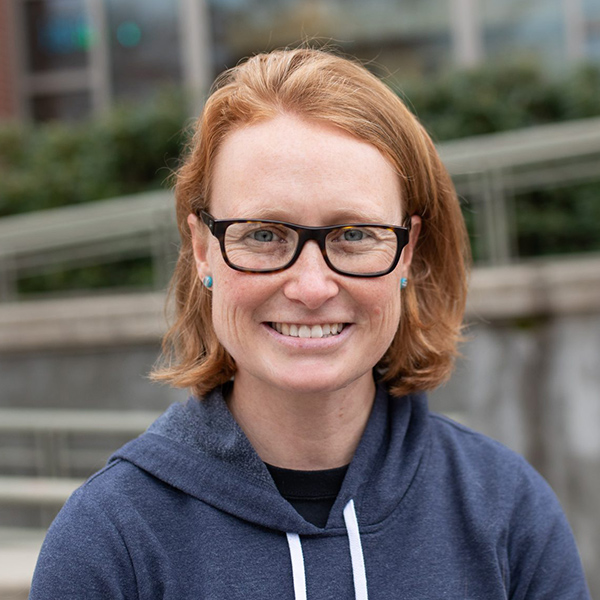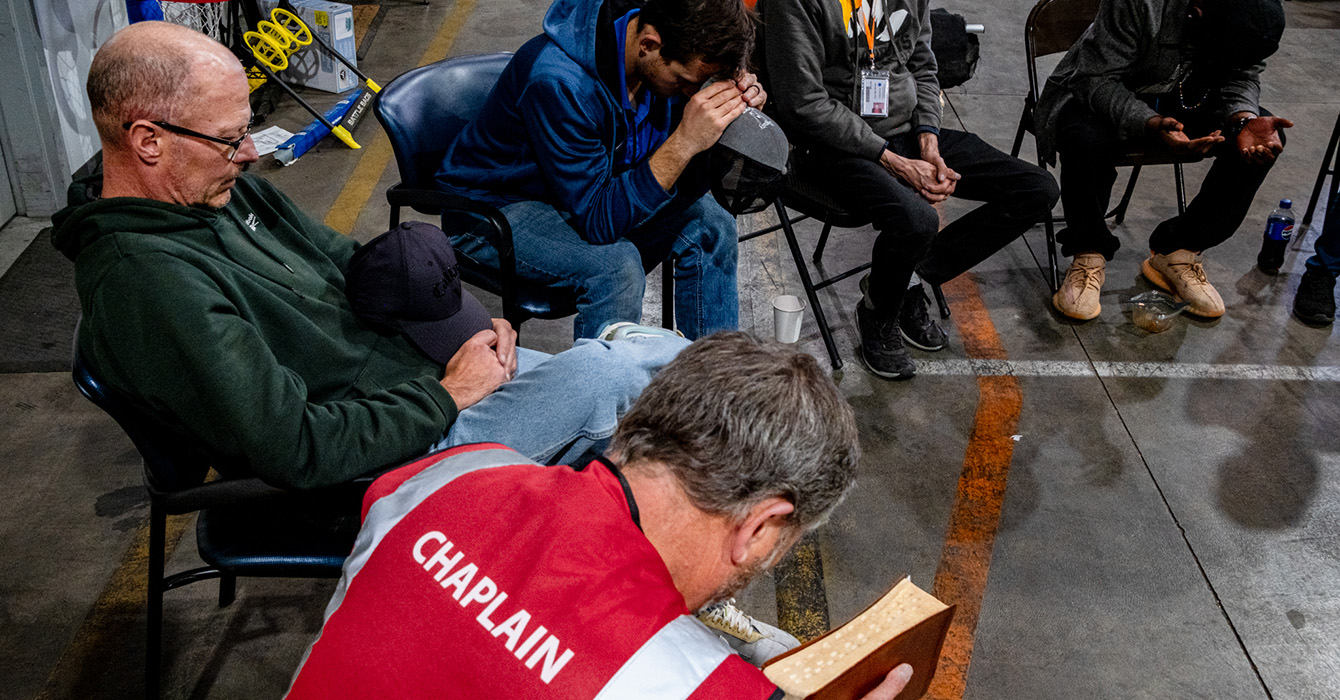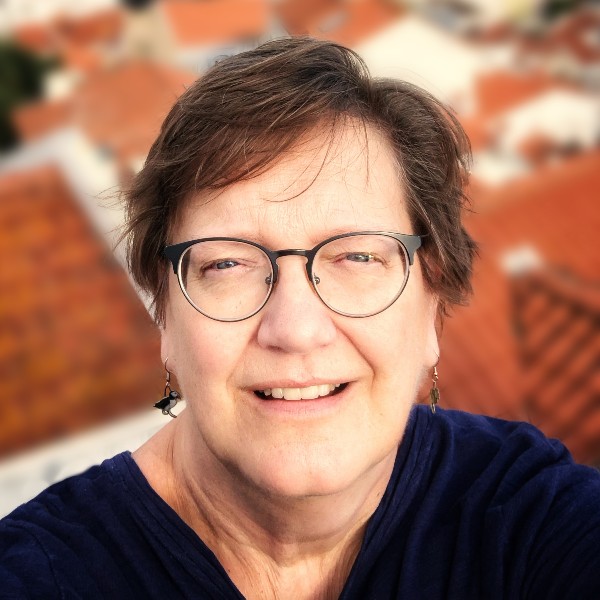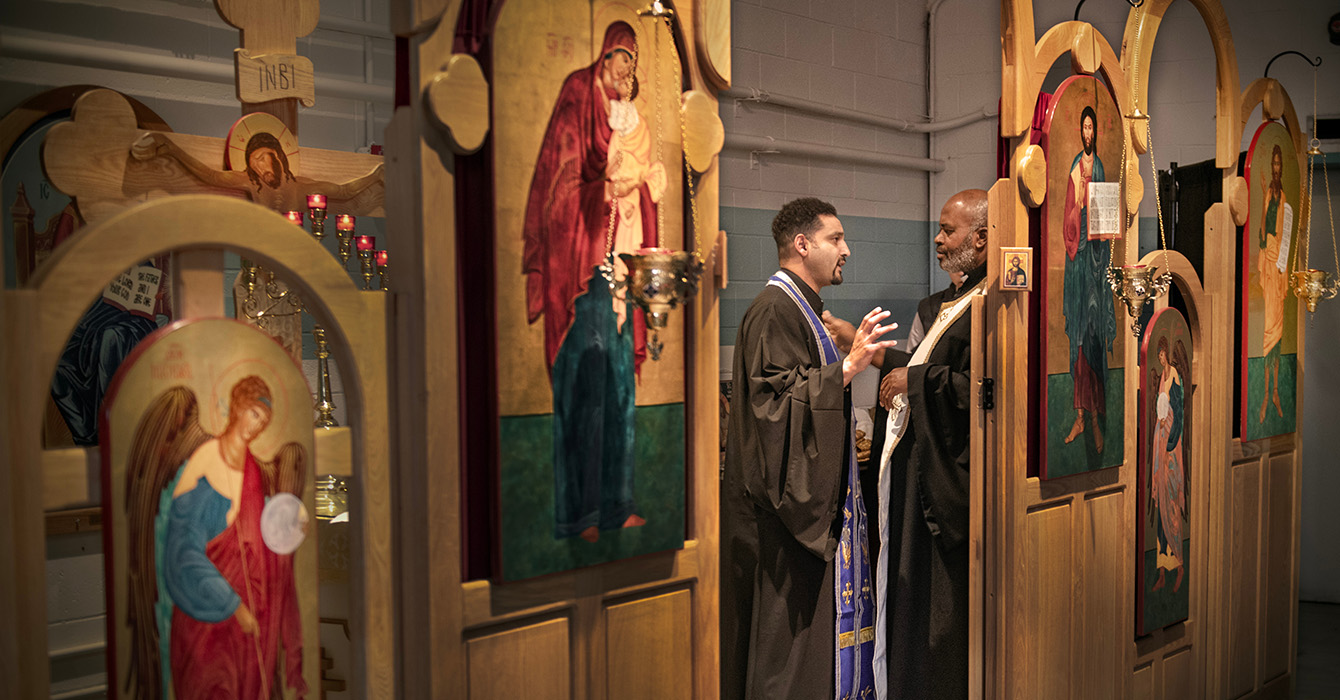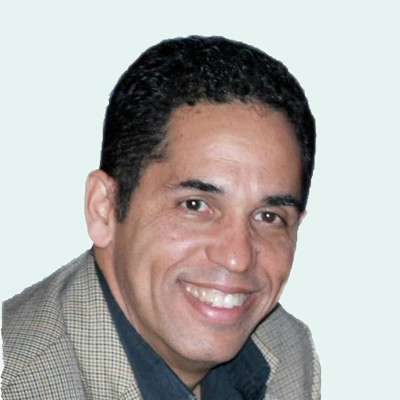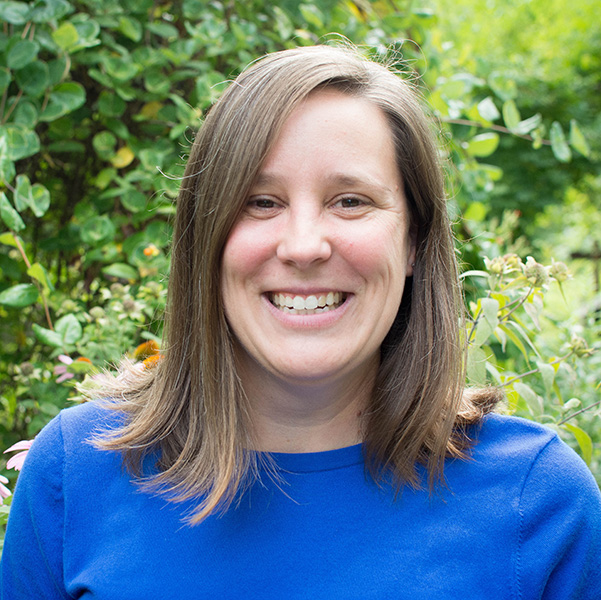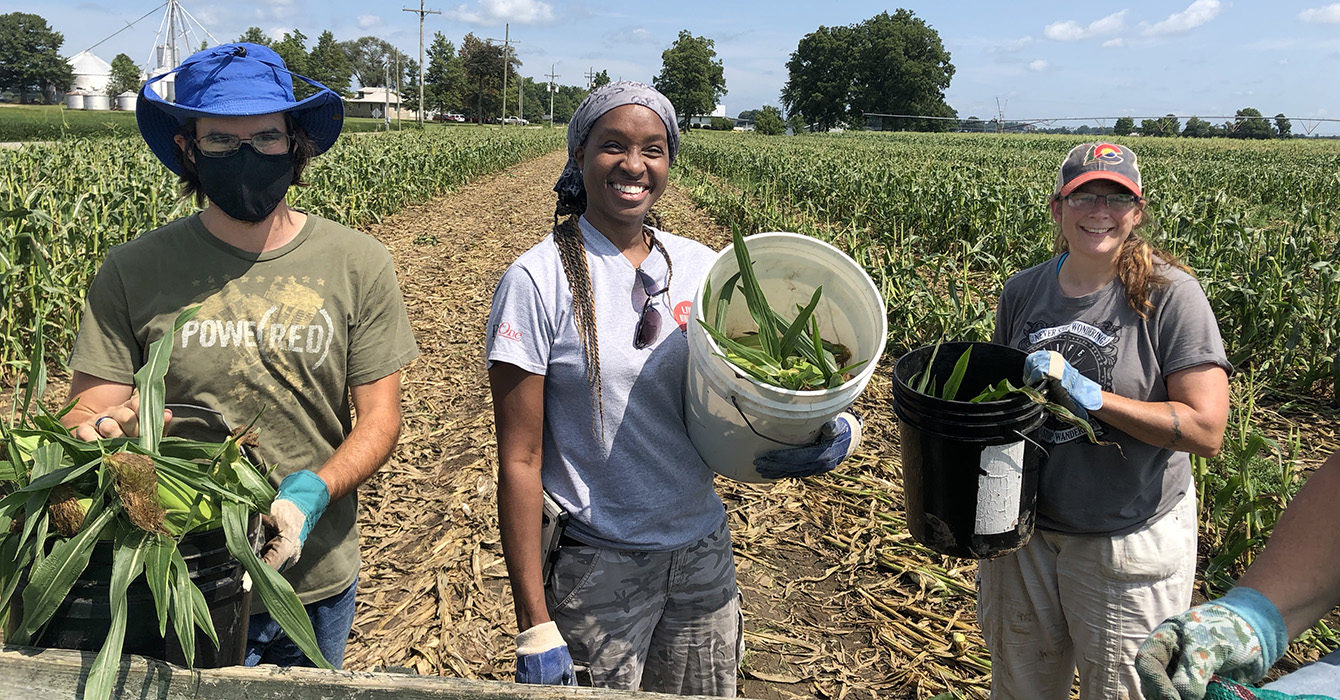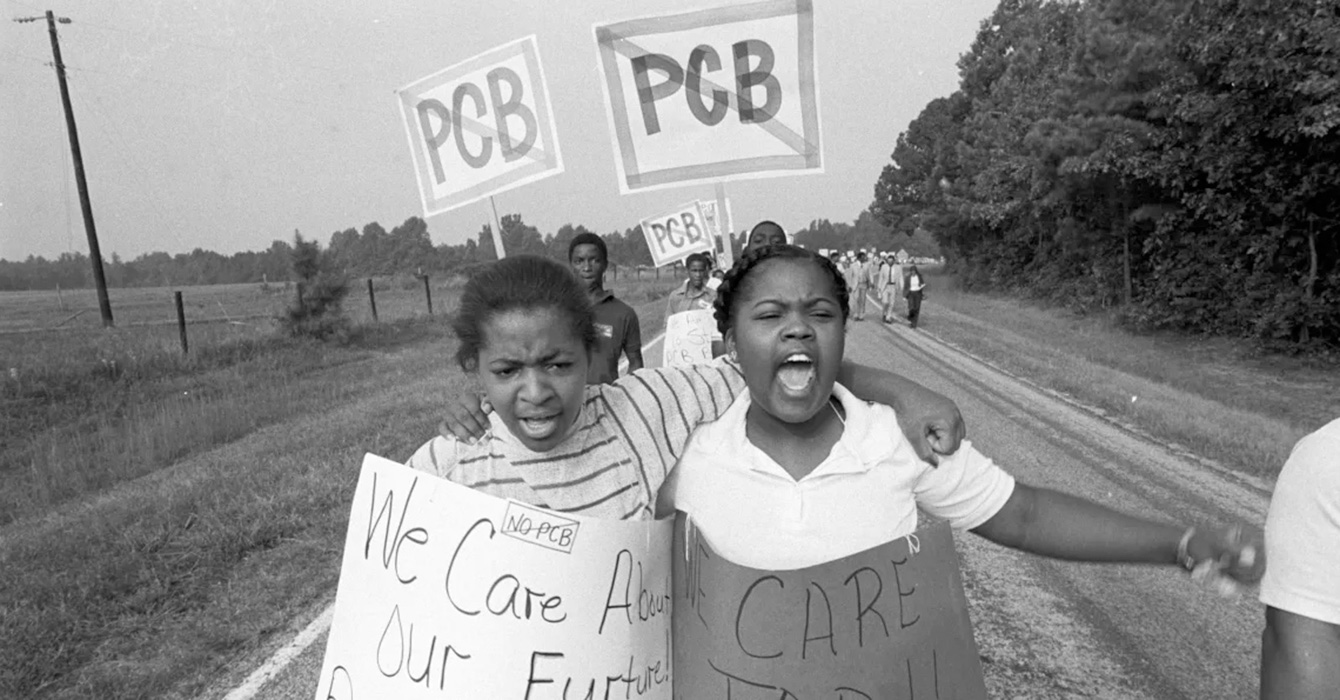Down a road hidden from view of the highway, miles from the Magnolia Silos that stand as an epicenter of change in this Texas town, the people of DaySpring Baptist Church have positioned themselves against a hustle culture that perpetually churns for more. Instead, actions gently direct toward inaction for the 30-year-old congregation, where the only thing they want more of is stillness.
The Waco church describes itself as a contemplative Baptist congregation. In this town and state, with strong, traditional Baptist roots, the contemplative addition is uncommon. Every program, Sunday service, spiritual formation endeavor and mission is centered on two words that serve as the congregation’s decision-making guideposts and self-definition: “sacred” and “simple.”
“We aren’t a unicorn,” says the Rev. Eric Howell, the pastor of DaySpring — though a look around the city, and at society in general, would suggest that they are.
DaySpring began in 1993 when seven families who were seeking something new came together to worship. Some had experienced trauma in or out of church; others desired a fresh beginning. Gathered and committed to exploring what their community might become without expectations from previous worship experiences, they decided that for the first year they would tend to the duties of being church themselves. Instead of designating a pastor, the group would share responsibility for the worship, leadership, teaching, planning and caregiving. And in taking on that responsibility, they found freedom.
What two words define your congregation? How does that self-definition guide the leaders’ decisions?
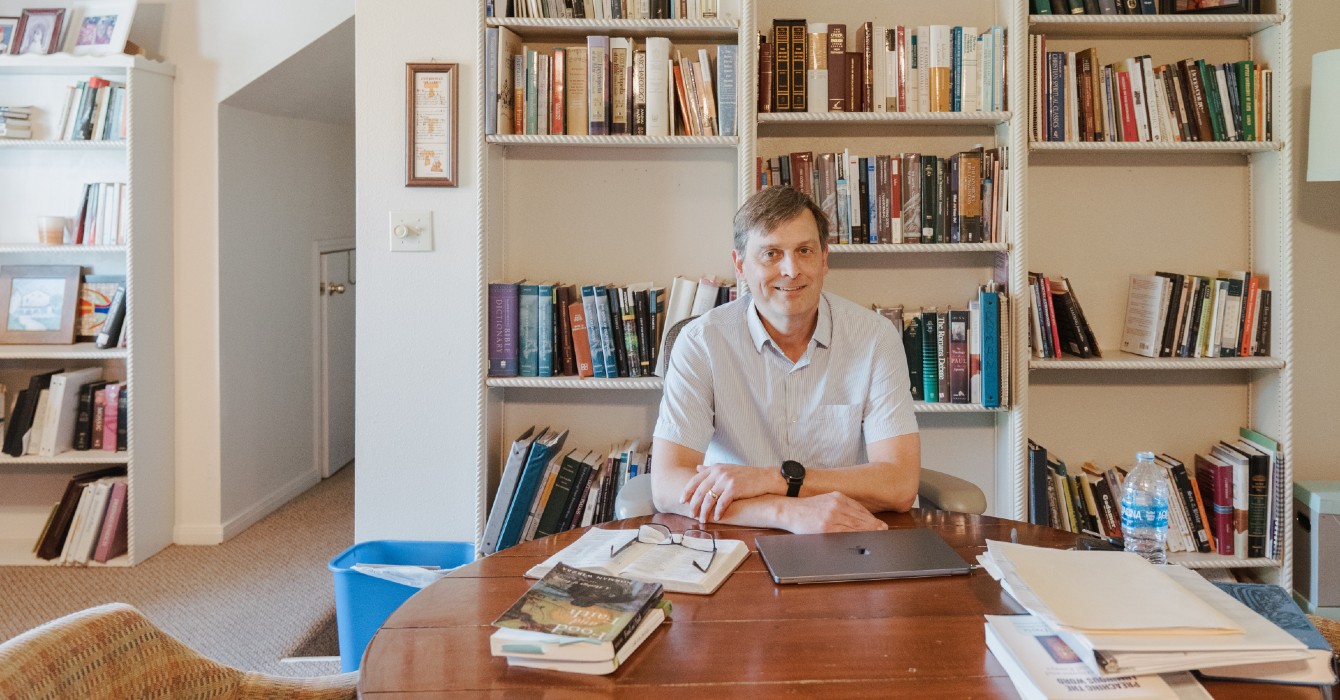
Worshipping outside a traditional structure provided space to listen, and what they heard instilled a sense of mission. The belief that a less busy church life could lead to healing and renewal literally dawned on them. The name they chose, DaySpring — “sunrise” — came from Luke’s birth narratives (Luke 1:78 KJV), and like the pillar of simplicity found in those early days, the name remains with them.
DaySpring’s intentionality and the self-reflection baked into its beginnings could offer lessons to congregations reconsidering changes within their faith communities on this side of COVID — a liminal season in which missional interests may have shifted, membership itself may have changed, and a time for self-reflection has become crucial. Some of DaySpring’s ongoing practices offer possibilities.
How do stories from the early days of your congregation’s life continue to influence its life and ministry today?
Opportunities versus obligations
A look at the structure of the church and its day-to-day operations makes clear that what happens on this campus — a quiet 6.5-acre spread of buildings, prayer trails and meditation spaces — is different. The founding members’ original concern, that too much programming can become an encumbrance, is still carefully considered at DaySpring.
Today, there are around 450 members, with Howell estimating about 300 in the pews on an average Sunday. A church of that size could support many programs — Bible studies, weekday small group studies, Wednesday night services. But by and large, the church has resisted.
Members aren’t against trying new programs, but they do so advisedly, and always with the understanding that they will pull back if a venture is complicating life more than helping it.
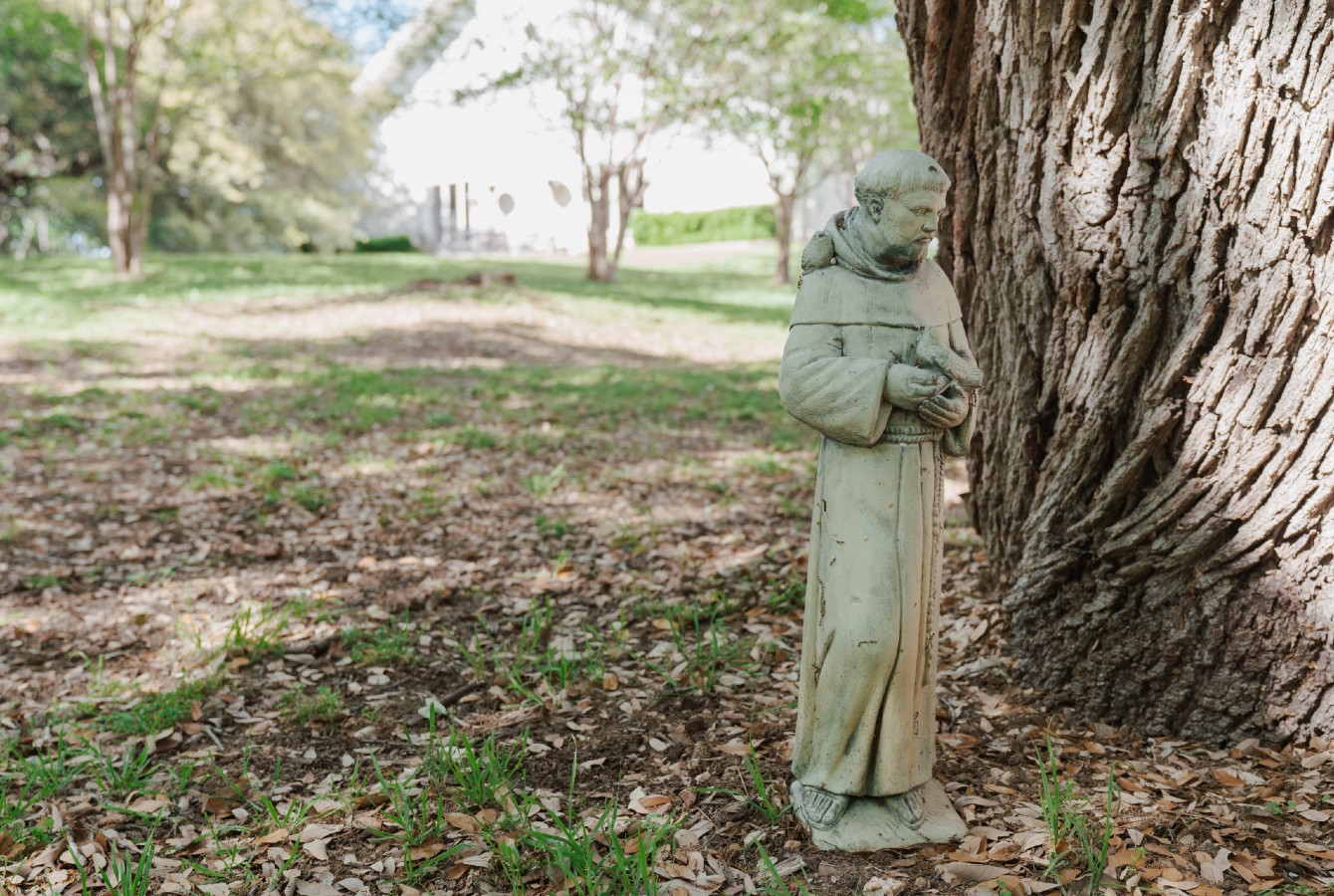
Years ago, many at the church wanted small groups, so those became part of the structure.
“We know small groups are life-giving and meaningful to many,” Howell said.
But there came a point where the scale began to tip and the groups started to feel laborious and organizationally heavy. Many of them dissolved during the pandemic, and when they could have picked up again, leadership decided to go without.
Recently, however, there has been renewed interest. “And so we’ve been tiptoeing back in,” Howell said.
Is that on-again, off-again structure difficult for a congregation? Flexibility is not a capacity typically exercised by large groups.
But Howell said the congregation can manage.
“I think it’s what they expect and want,” he said. “We can’t know today where we might be led tomorrow.”
How does a congregation discern when it should or should not start a new ministry or end an established one?
Discerning ministry together
Being ready to follow a call has led the church to a new missional chapter — the opening of Naomi House, a hospitality house for asylum seekers.
“We are in Texas; the immigration challenge is on our front porch,” said the Rev. Tiffani Harris, the church’s associate pastor for community life. “When we looked at wanting to share the rest, renewal and healing of DaySpring, we thought, ‘What better population to share that with than with this group who is so underserved?’”
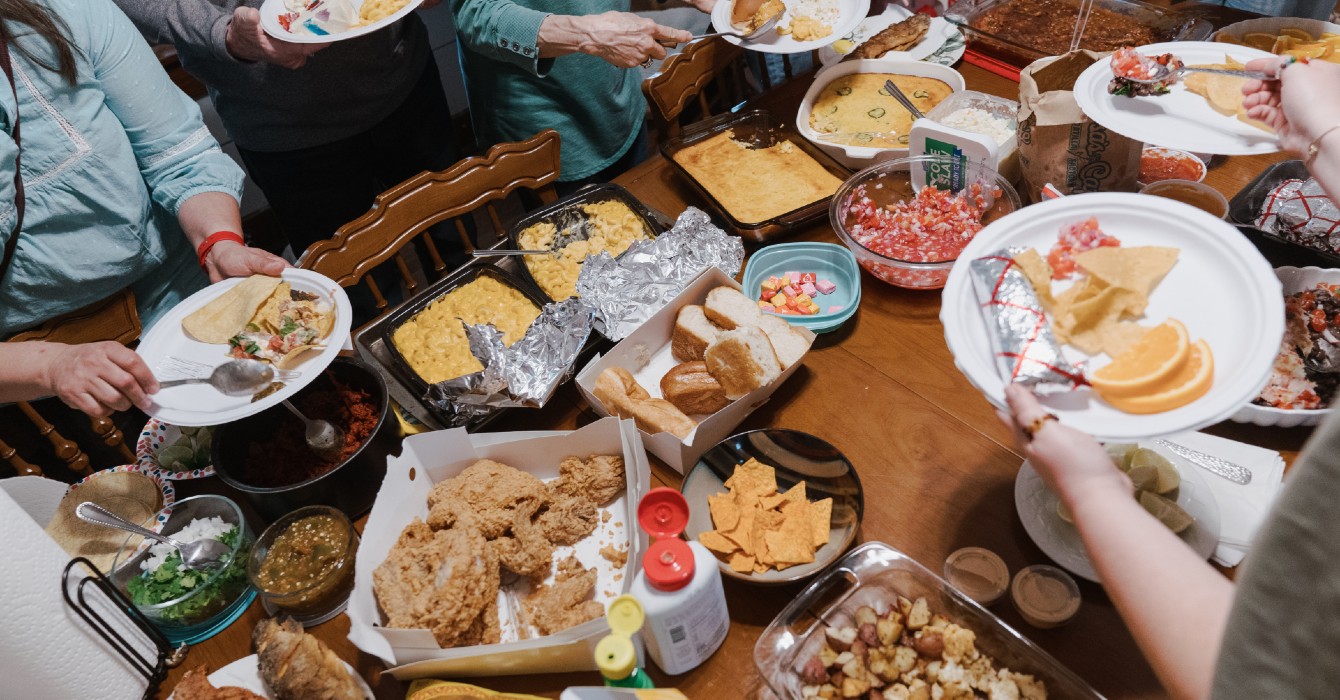
Although the church had a history of ministry in Central America, the work of Naomi House is their first hands-on ministry experience in Waco with immigrants. Following a trip to support a sister church in San Antonio that was working with asylum seekers, members of a DaySpring family were prayerfully considering whether to open their home to a young woman with a baby from Honduras.
“We entered that discernment process with them and pledged to support them in this unfolding ministry,” Harris said.
Naomi House grew out of that discernment. DaySpring leads an interdenominational effort with five other Waco churches there, offering medium-term stays and serving up to four families at once. The ministry’s focus is not limited to providing housing; it also incorporates building community and offering hope. Part of the early vision was to create a model for others to follow, intentionally starting small so that it could be manageable and replicable.
“Contemplative spirituality must have an outward expression,” Harris said. “It isn’t about just growing your relationship with God; it’s what God does with a heart that’s yielded to him in the world.”
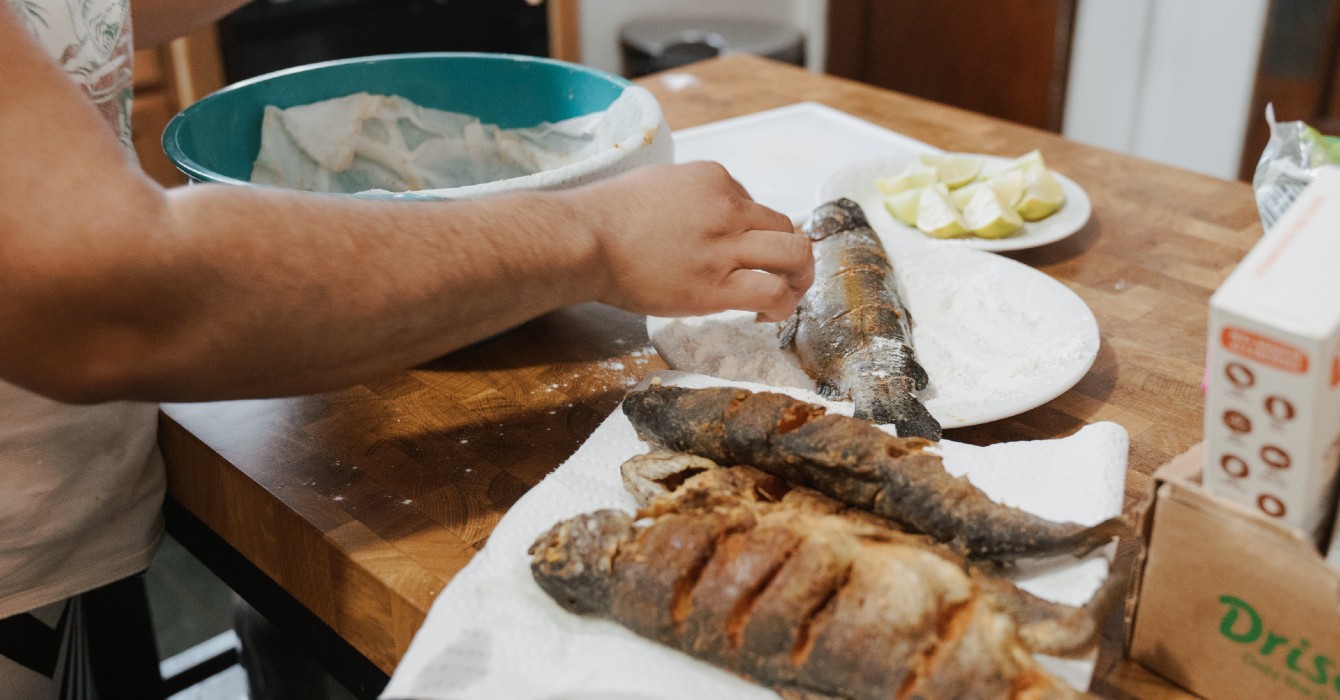
Meanwhile, on the church campus, another intentional effort is in the early stages — ecological missions projects that will lead the congregation more deeply into creation care. DaySpring’s miles of prayer trails, church vegetable gardens and composting programs are different expressions all being ushered along by members. While the tie between God’s creation and the contemplative is intuitive on many levels, it is naturally reinforced by the church’s location.
“We have a creek, the woods, 300-year-old oak trees, deer, owls, hawks, bobcats and coyotes,” Harris said. “It is the right opportunity for us to ask what it means to be good stewards of what God has given us. How do we care for the gift? How can it be a gift to the community?
“Both of these ministries [Naomi House and creation care] embody what it means to care for all of God’s creation, which has felt like a natural expression of the contemplative spirituality that has formed the church. It is the idea that we meet Christ in the neighbor, and we meet God in our care for creation. There is a Benedictine phrase that has often undergirded our ‘work’ here: ora et labora. It means prayer and work. Our prayer is our work, and our work is our prayer. Prayer isn’t something that we just do on Sundays or at mealtimes, but our lives are prayer.”
What are the observable manifestations of your congregation’s self-definition?
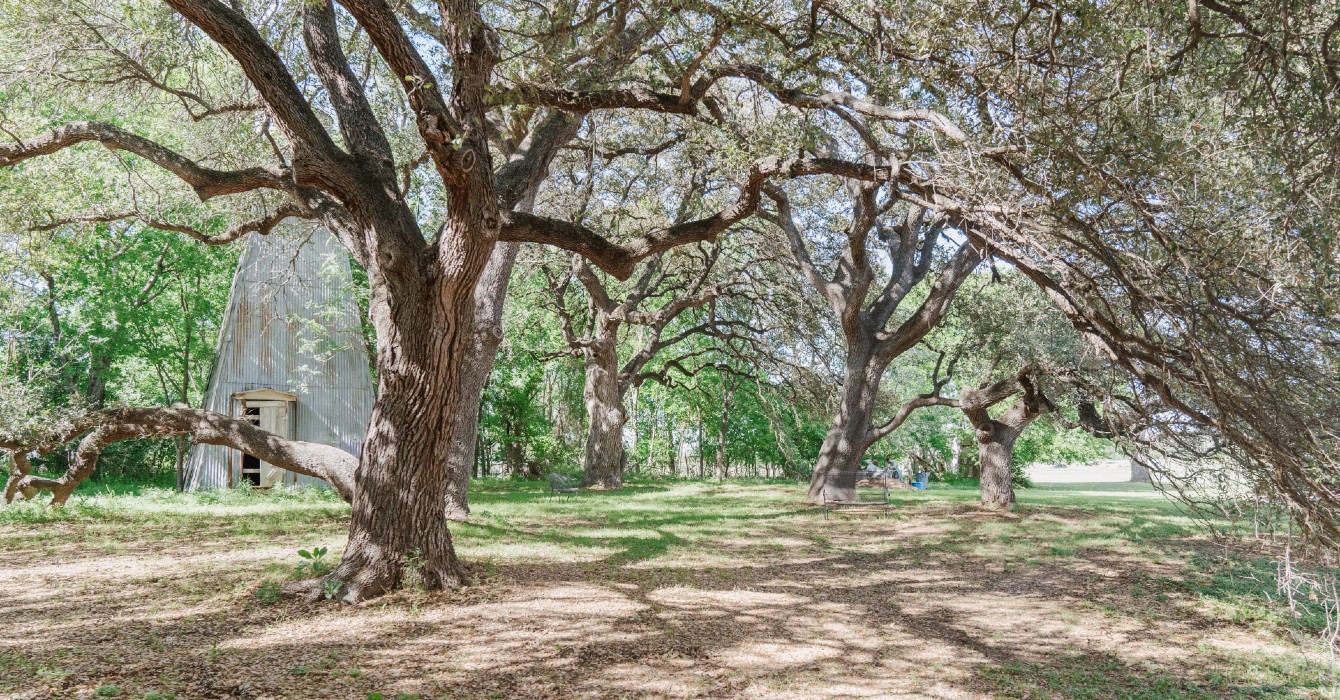
Four questions
Howell said that around 2011, the congregation posed four questions that would guide discernment of their ministry:
- How can we offer our campus as a place of rest and restoration for the community?
- How can we practice intentional community as a practice of mission?
- How can we involve our lives with those most at risk in our community?
- How can we extend the ministry of DaySpring beyond Waco?
“Each of these arose from and made explicit commitments that had already been present in the congregation for years. But they sharpened our focus to look for where the Spirit led individuals and our congregation to follow these paths,” Howell said. “A decade later, we can see how those paths intersect in the Naomi House and creation care on our campus.”
“I think the important thing here is that there’s a thread that connect[s] what we do now with core commitments and instincts in the congregation years ago, even though back then we might [not] have foreseen what they would become. That’s [the] beauty of the story.”
These missions come from the congregation’s desire to be transformed by their faith and to continuously seek the desires of God. But couldn’t they be stretched further? Couldn’t they do more? When they listen for answers to these questions — which they regularly do — that’s not the direction they receive. And so they stay focused, nimble. Going deeper into what they have in front of them.
Inward-facing structures also reflect the church’s founding self-definition. The young church was aware that smaller church bodies typically have less call to accommodate a multitude of needs with ever-growing systems and structure. When they decided after about a year and a half that they wanted a pastor to take over traditional duties, they doubled down on the ethos of being member-led. The goal was to keep the leadership structure flat, with a council as the governing body.
Today, this council is composed of five members who are elected by their fellow congregants to serve in two-year cycles. The council makes decisions for the church on issues that reach beyond the scope of pastoral day-to-day happenings. What’s beyond the scope of the council then goes to the church body.
How does your congregation’s self-definition shape the structure and process of its governance?
Annual responsibilities
Having a voice in the church is not the full extent of congregants’ responsibility. Every member at DaySpring contributes to the upkeep and functioning of the church, just as the founding families did. This happens with a tool not unlike a family chore chart, which the congregation refers to as The Chart. Assignments are established at the beginning of every year.
Tasks such as cleaning the chapel, maintaining the expansive grounds, visiting homebound members and being one of the “Great Baptist Bakers” who prepare communion bread weekly are organized under larger umbrella headings of worship, spiritual formation, hospitality and community, missions and stewardship. Members sign up to take on ministry responsibilities for the entire year and, in doing so, become the hands and feet of the church.
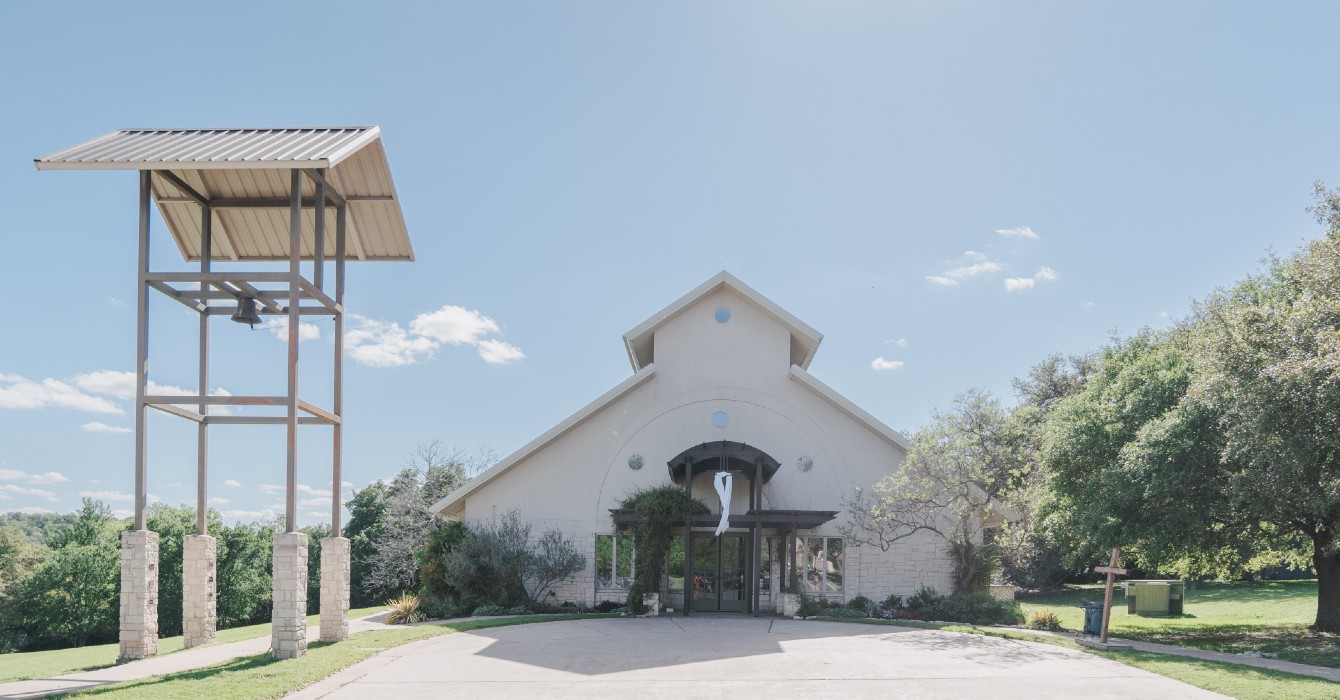
This structure is not without bumps. Sometimes the cleaning crew is gently shown pictures of what a clean children’s area should look like, and the ambitious composting project changes shape as the year progresses. But the engine that fueled that original group three decades ago still pushes on: members working together to keep the church running. One chart, one member, one job is simple. Being the hands and feet is sacred.
The doors of DaySpring are open to all, a welcome that many new people explored during COVID. Because the campus afforded outdoor space to meet, DaySpring was able to conduct pandemic services; under their Cathedral of the Oaks, the congregation could worship while distanced.
DaySpring’s Sunday worship is viewed as a continuous prayer that takes shape in different forms, including times of intentional silence. The services follow the three-year liturgical cycle of lectionary readings — uncommon among Baptist churches. This practice attunes DaySpring’s worship with the liturgical calendar, which the congregation follows in all other regards as well, planning youth programs and spiritual formation classes seasonally.
Since resuming services inside, the church has seen a noticeable rise in attendance, largely because of people who found DaySpring through the outdoor services. But larger numbers require larger spaces, and if one thing could test the pillars of sacred and simple, it’s a capital campaign.
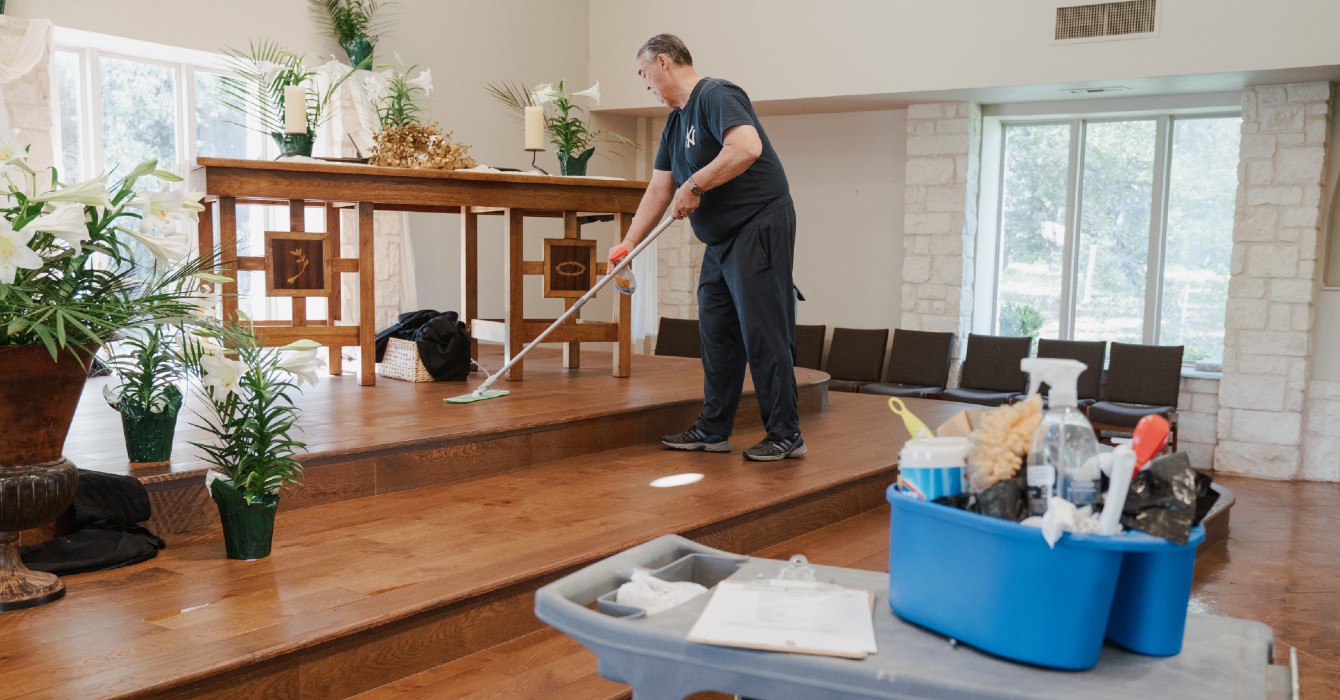
Sacred and simple fundraising?
DaySpring recently launched the first campaign in more than 20 years to raise money for expansion. Using input from a prior period of discernment, they are creating new buildings for children and youth to gather, as well as an extra-large porch to encircle the main building. What has been a collection of different buildings will be integrated so that passageways are intuitive and the outer appearance more coherent. More parking will be created. And it all requires money.
Can fundraising be sacred or simple? William DeGraffenried, a member of the church council, said they’re attempting to make it both.
“We’ve done our best to go about the campaign in a way that is true to who we are as a church,” he said.
“We are asking people to give, but we are asking people intentionally to pray. We’ve offered specific prayers. When you get information about the ask, you also get literature with prayers to use, should you choose.”
With all that makes it unique, it could be easy to miss why DaySpring still aligns so strongly with the Baptist tradition.
“When you prioritize the community life of the congregation, when you have a local congregation, shared work and shared decision making, you are describing the very best of the Baptist tradition,” Howell said. “Now, that can be organized in 100 different ways. I’m not saying that we’re the only way to organize that, but what I am saying is that I think the gift or maybe the way Baptists bear witness to the gospel at our best is through congregations who truly are community together. And the Baptist notion of the priesthood of all believers then is manifested through the people.”
“It’s possible that I say we aren’t a unicorn because I want to believe there might be others like us out there,” he said.
How are your congregation’s financial campaigns linked to its self-definition?
Questions to consider
- What two words define your congregation? How does that self-definition guide the leaders’ decisions?
- How do stories from the early days of your congregation’s life continue to influence its life and ministry today?
- How does a congregation discern when it should or should not start a new ministry or end an established one?
- What are the observable manifestations of your congregation’s self-definition?
- How does your congregation’s self-definition shape the structure and process of its governance?
- How are your congregation’s financial campaigns linked to its self-definition?











